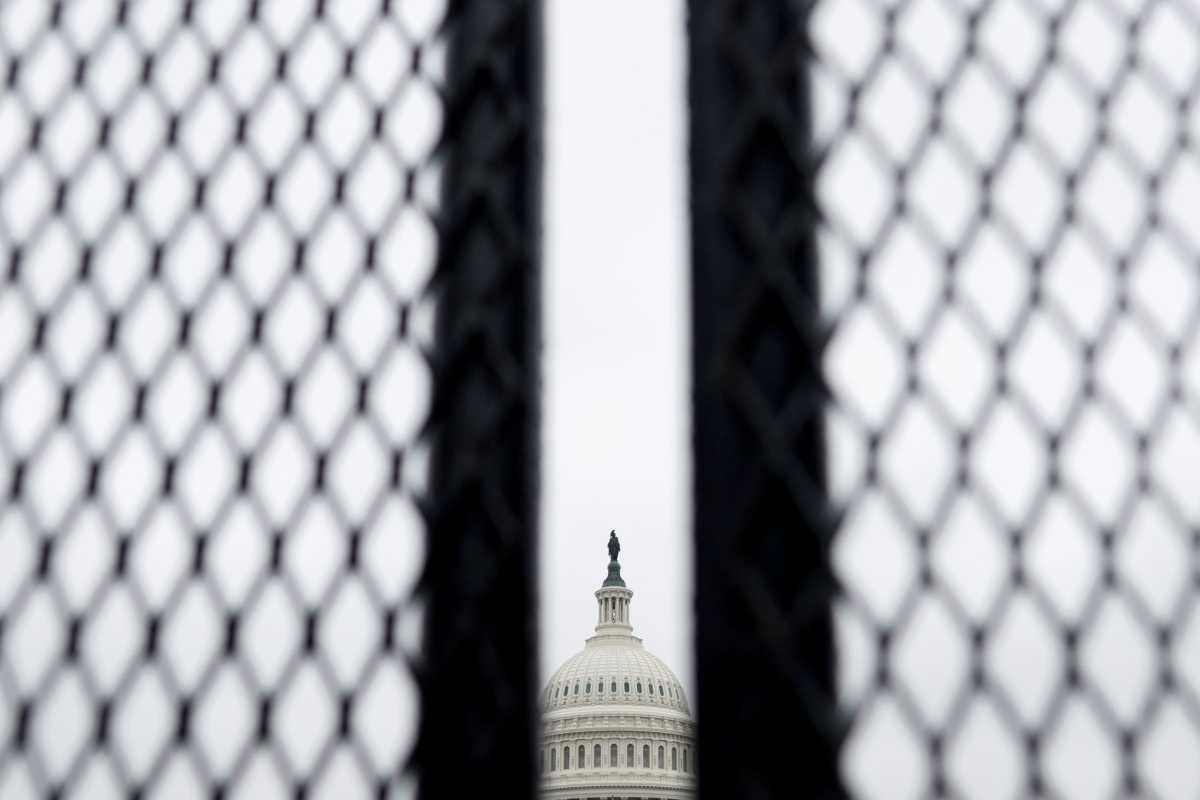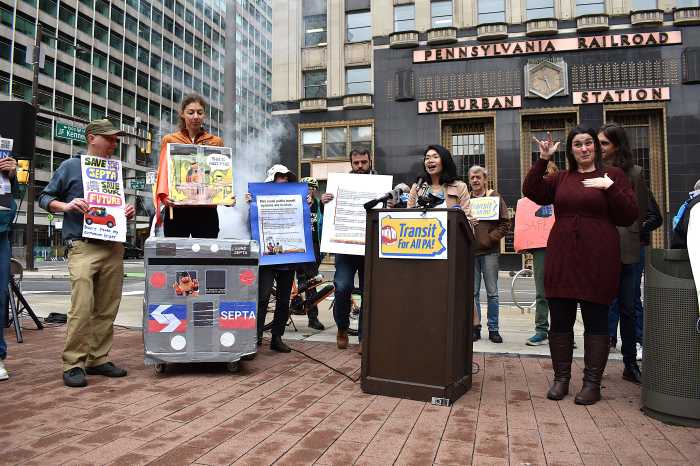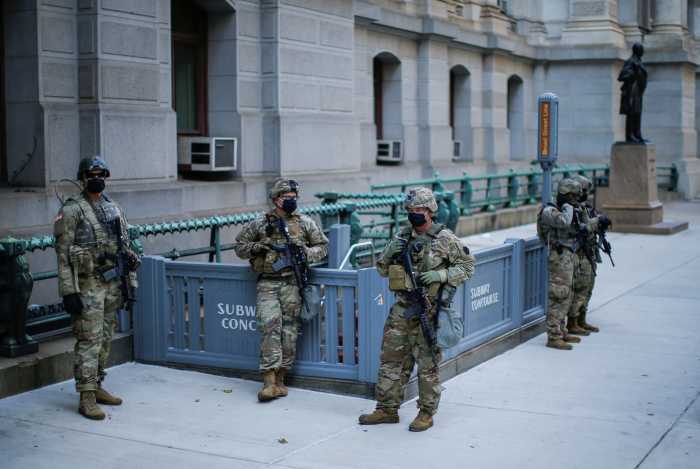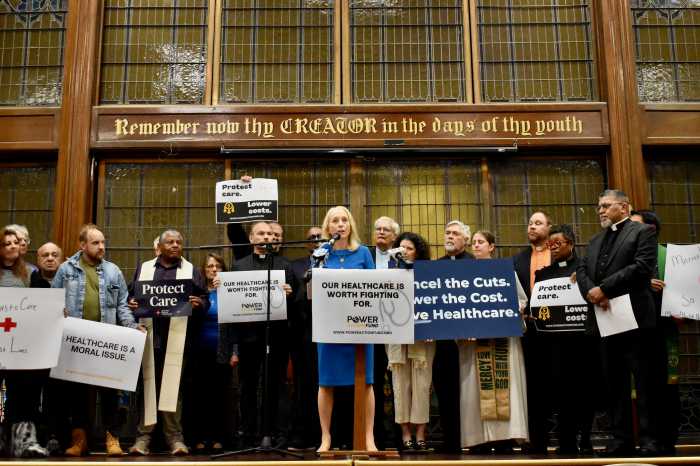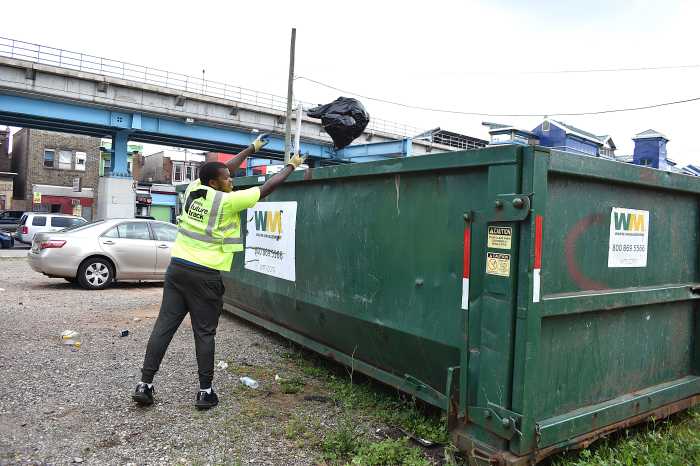By Jonathan Landay
President Joe Biden’s first address to a joint session of Congress on Wednesday will take place in a U.S. Capitol on high alert, with memories fresh of the deadly Jan. 6 attack on the building by supporters of his predecessor, Donald Trump.
The crowd inside the Capitol will be a fraction of the hundreds of members of Congress, Supreme Court justices, top government officials and guests who typically attend, to allow for more social distancing in a COVID-19 pandemic that has killed more than 572,000 Americans.
But security will be higher than usual, even for what is officially designated a “National Special Security Event,” with the Secret Service in charge of security.
The white-domed building is still surrounded by a black steel mesh fence with some 2,250 armed National Guard troops from 18 states plus the District of Columbia on duty in the city, the vestiges of a much larger force put in place after Trump supporters stormed the building as Congress was voting to certify Biden’s election victory.
Five people including a U.S. Capitol Police officer died from the violence and dozens of police were injured in clashes with rioters.
District of Columbia authorities have asked the Pentagon to authorize the district’s National Guard contingent to help local police handle any anti-Biden protests coinciding with Wednesday’s address.
“The D.C. National Guard is prepared to support D.C. law enforcement, pending approval” by acting Army Secretary John Whitley, the D.C. National Guard said in a statement.
It was not immediately known if Whitley would approve the request. The National Guard deployment already has cost more than $520 million, according to the U.S. National Guard Bureau.
Secret Service officials did not immediately respond to requests for comment about security preparations.
‘THE FENCE IS EVERYWHERE’
The howl of leaf blowers mingled with the roar of heavy machinery this week around the fenced-in Capitol as ground staff cleared withered leaves and construction crews worked on renovating a fountain at the foot of the complex.
Steel barriers lined sidewalks, glinting in the sun. Ambulances sat before the House of Representatives.
Gena Whalon was among the smattering of out-of-town visitors taking selfies outside. She reflected on the insurrection and the U.S. Capitol Police’s failure to prevent Trump supporters from breaching the building.
“If all those people were Black, they would have fired tear gas,” said Whalon, an African American from Austin, Texas.
“The fence is everywhere,” she said, standing outside it. “It’s completely understandable because of the dangers of the protesters. It does suck though because the fence prevents you from taking good pictures.”
The Capitol Police said on Monday they had taken into custody a 22-year-old man who scaled the fence late on Sunday.
Congress is only just starting to grapple with the aftermath of the violence.
Michael Bolton, the Capitol Police inspector general, appeared before a House committee earlier this month to present findings of “deficiencies” within the unit that handles public disturbances and poor coordination and training in its intelligence unit.
Democratic House Speaker Nancy Pelosi is working to secure Republican backing for a bipartisan commission that would investigate the riot.
Reuters



